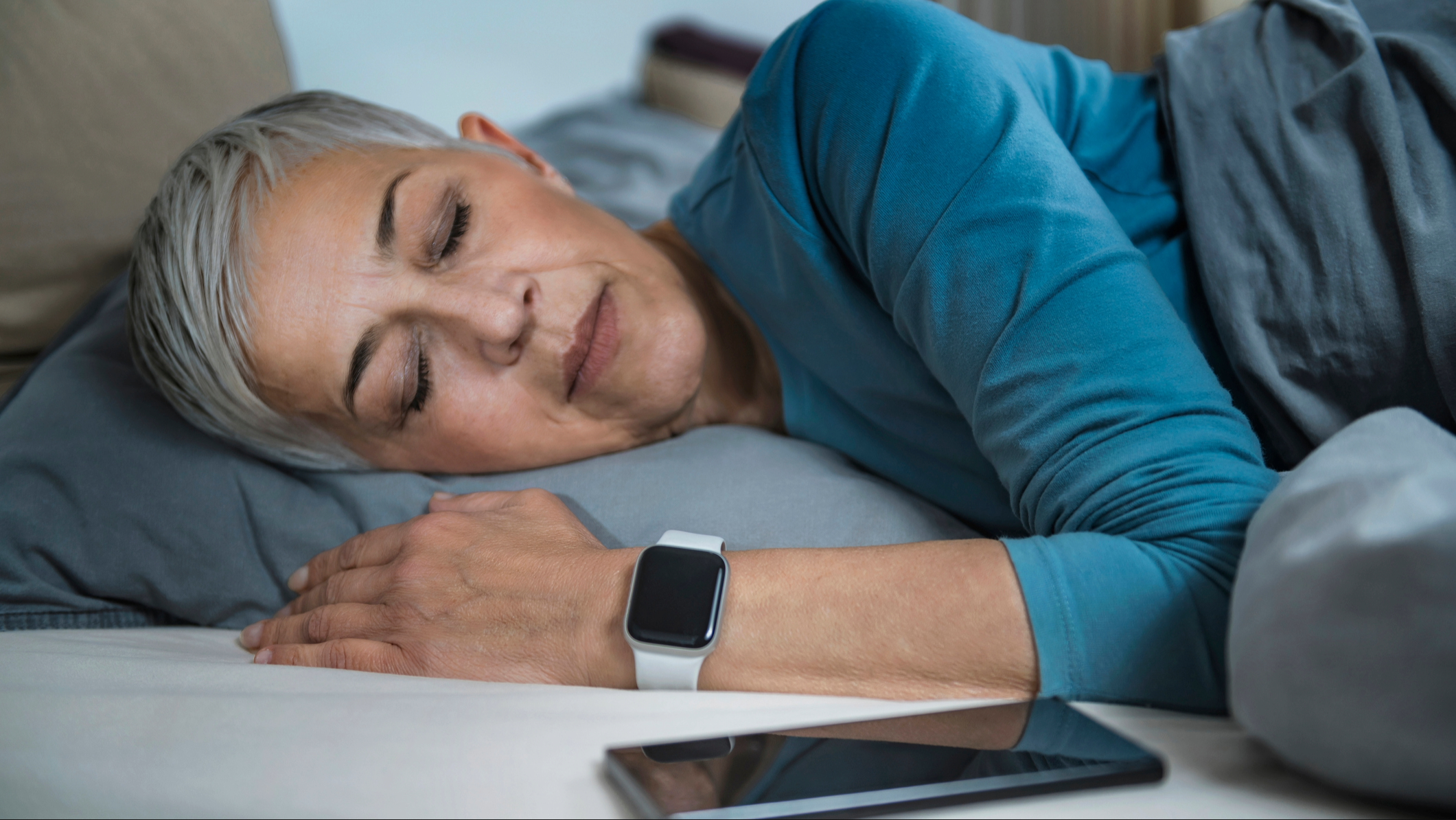
Sleep apnea affects 25 million people in the U.S. and 1.5 million in the U.K., but it’s a surprisingly difficult disorder to diagnose, considering the obvious symptoms occur when you’re asleep. Without a partner to observe you during the night, it could be years before you realise you may have the disorder.
However, yesterday the FDA approved the new Apple Watch to detect symptoms of sleep apnea and notify users of possible cases. While this new tech won’t be able to diagnose sleep apnea, it can highlight common symptoms that will help a doctor diagnose you.
But experts have warned us not to rely solely on our smartwatches to monitor our health. With the help of Dr Chelsea Perry and Dr Marschall Runge, we’ll take a look at exactly what the Apple Watch will be able to do, whether it's a positive development, and how you can keep an eye out for common sleep apnea symptoms.
What is sleep apnea?
According to the CDC, sleep apnea is a sleep disorder which makes people temporarily stop breathing in the night. There are two types of the disorder, Obstructive Sleep Apnea and Central Sleep Apnea.
Harvard Health describes Obstructive Sleep Apnea as when the throat muscles relax during sleep, causing the airways to become blocked, partially or completely. This disrupts the airflow, causing the person to stop breathing and therefore, wake up.
Central Sleep Apnea is less common than OSA, and professor Rodriguez-Villegas, the founder and director of the Wearable Technologies Lab at Imperial College London, and the founder and CEO of medtech company Acurable, says it occurs when “the brain briefly fails to send the necessary signals to the muscles that control breathing.”
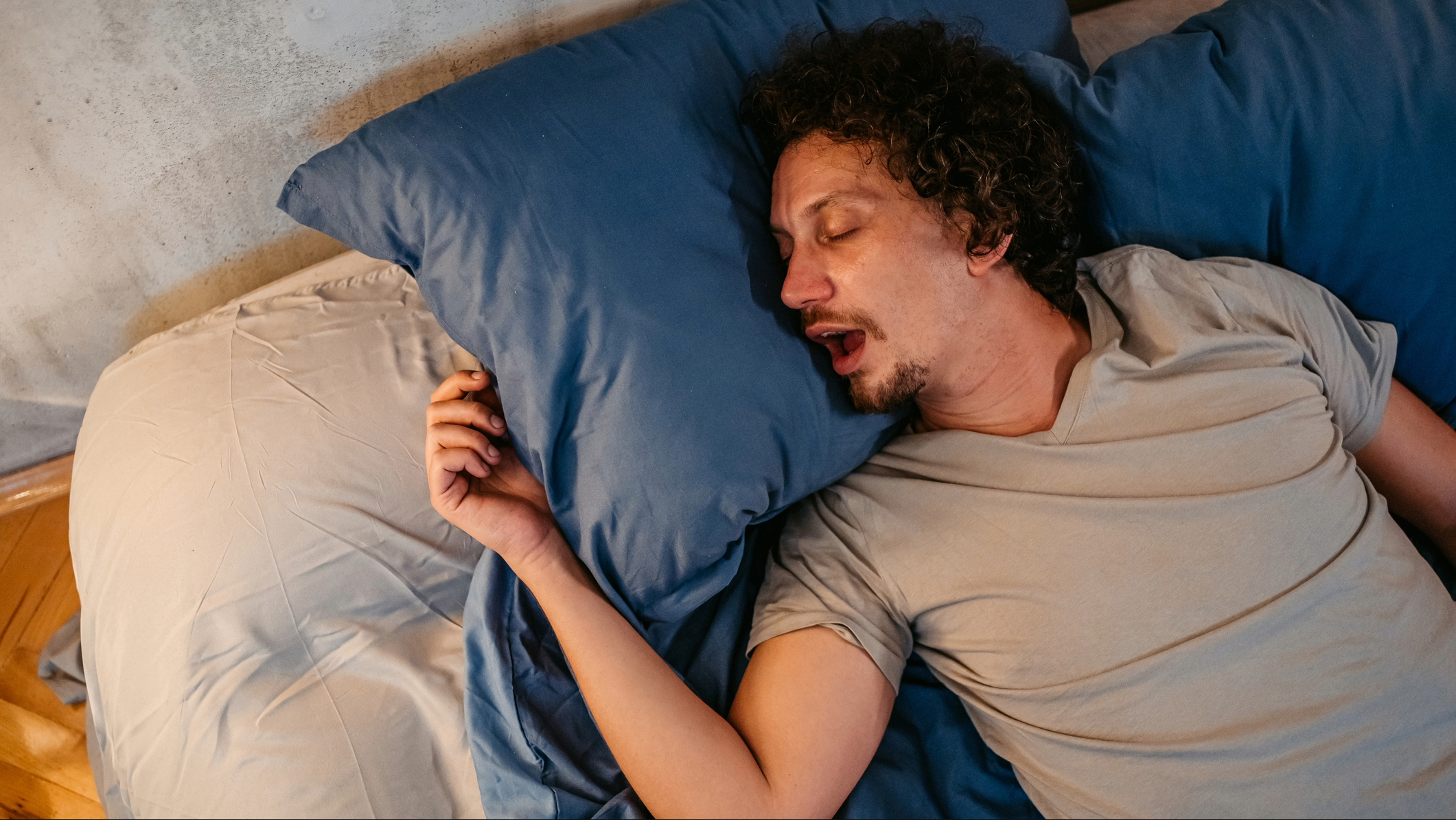
How does the Apple Watch detect sleep apnea?
According to Apple, the Apple Watch Series 9 or later and Apple Watch Ultra 2 can detect and measure breathing disturbances. If the watch monitors breathing disturbances values that reach a level associated with moderate to severe sleep apnea, it can notify the user.
The algorithm used to monitor and measure breathing disturbances uses accelerometer data with a large set of adults for training data. These adults were simultaneously recorded by the Apple Watch and either in-lab polysomnography (PSG) or home sleep apnea test (HSAT) kits, to ensure accuracy.
Apple says, “When at least 10 sleep recordings (not required to be sequential) with Breathing Disturbances values occur within a given 30-day period, the notification algorithm checks if at least 50% of these values are elevated. If so, the algorithm surfaces a notification of possible sleep apnea to the user; otherwise, it remains silent.”
Dr. Marschall Runge, MD, PhD, CEO of Michigan Medicine & EVP of Medical Affairs of U. Michigan, thinks this is a positive development and believes "it will increase the emphasis on sleep apnea and on sleep apnea testing. Particularly for people who sleep alone who would have no other way to diagnose sleep apnea."
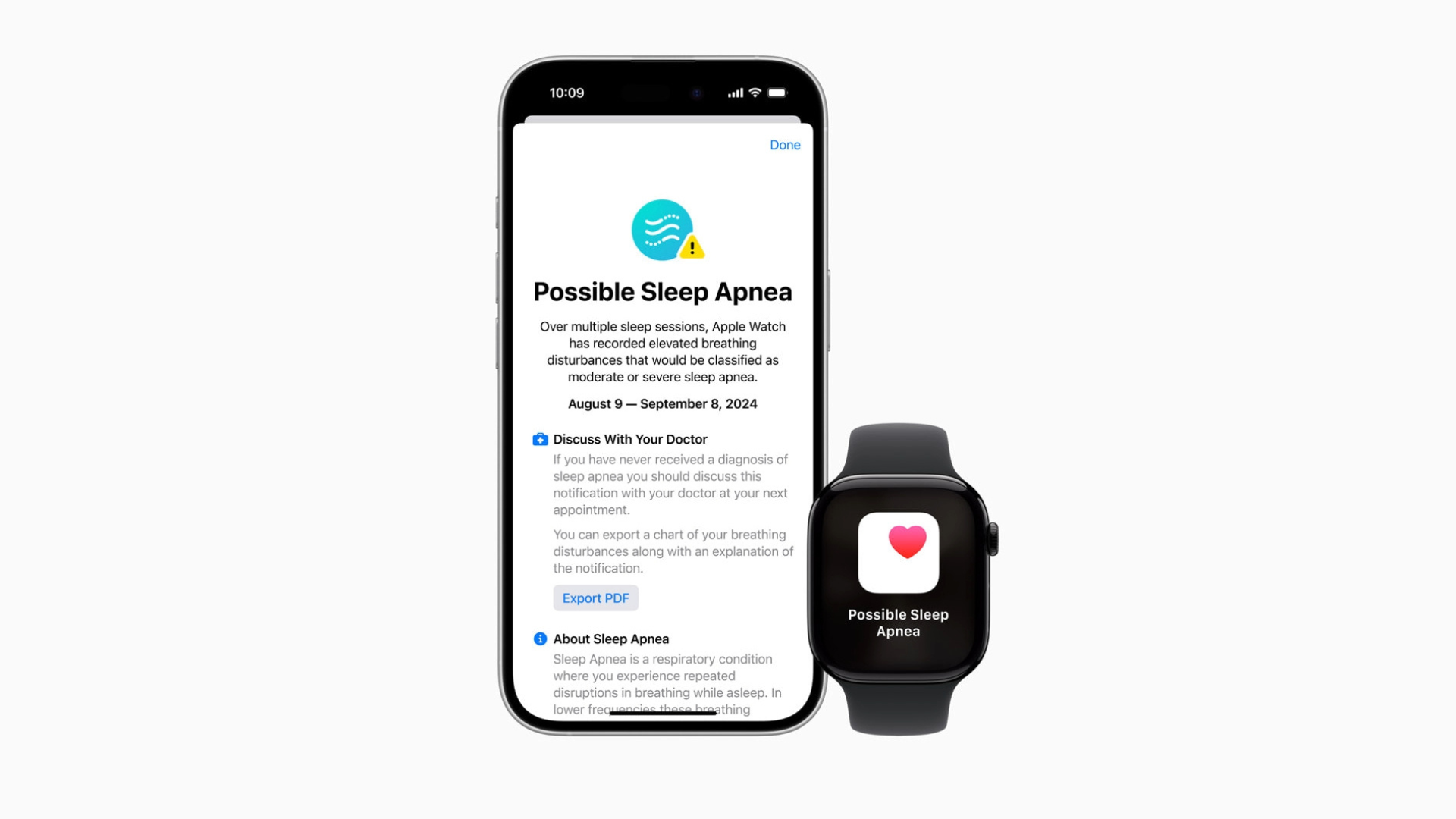
How reliable will the Apple Watch be in detecting sleep apnea?
To avoid the possibility of false positives, Apple decided to prioritise specificity over sensitivity. These terms mean:
Specificity: The percentage of those without moderate to severe sleep apnea who wouldn’t receive a notification
Sensitivity: The percentage of participants with moderate to severe sleep apnea who are correctly identified by the algorithm.
Apple recorded the notification performance as 66.6% for sensitivity and 95.9% for specificity. This means that there is potential for many cases of sleep apnea to remain undetected even when using the Apple Watch.
This is what concerns Dr Runge, who says, "The lack of accuracy is a significant issue. I don’t mind the idea that the Apple Watch will “over diagnose” sleep apnea. At least in that setting people will get formal evaluations. It is the under diagnosis that concerns me — people with sleep apnea may say to their partner 'see, I told you I didn’t have sleep apnea.'"
You can read the full clinical validation of the trials in Apple’s overview of Estimating Breathing Disturbances and Sleep Apnea Risk from Apple Watch.
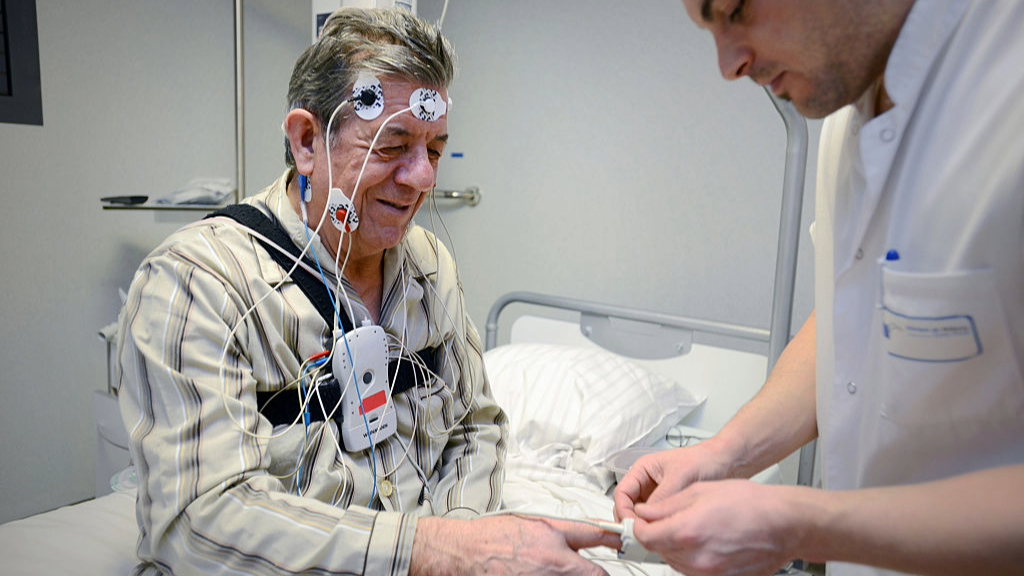
Dr Chelsea Perry, owner of Sleep Solutions and a member of the American Academy of Sleep Medicine and the American Academy of Dental Sleep Medicine, says: “Apple Watches detecting sleep apnea could be a game-changer, offering an accessible way for people to catch it early, but it's important not to rely solely on tech for medical advice.”
“I think it’s great for raising awareness, but nothing beats a professional sleep study for accuracy,” she added. It’s essential to still be aware of the common symptoms, so you don’t rely on your smartwatch.
Common symptoms of sleep apnea
Dr Perry says, “You might not notice sleep apnea on your own because you're asleep but feeling inexplicably tired during the day or waking up with a dry mouth or headache can be a clue.”
Alongside this, an important sign is "that people with sleep apnea are often chronically fatigued, even when it seems that they are getting “plenty of sleep.” Dr Runge adds.
Here are some more common symptoms of sleep apnea to keep an eye out for:
- Nighttime awakenings
- Loud snoring
- Gasping and choking for breath
- Waking with a headache
- Feeling lethargic despite sleeping for an adequate amount of time
- Irritability and low mood
- Daytime tiredness
- Restless legs
If you suspect you might be experiencing sleep apnea and you share your bed, ask a partner to observe you during the night. Alternatively, if you sleep alone, talk to your GP about your concerns.
“To diagnose sleep apnea, a sleep study is usually needed, either at home or in a lab, where your breathing, oxygen levels, and other sleep metrics are monitored,” Dr Perry notes.
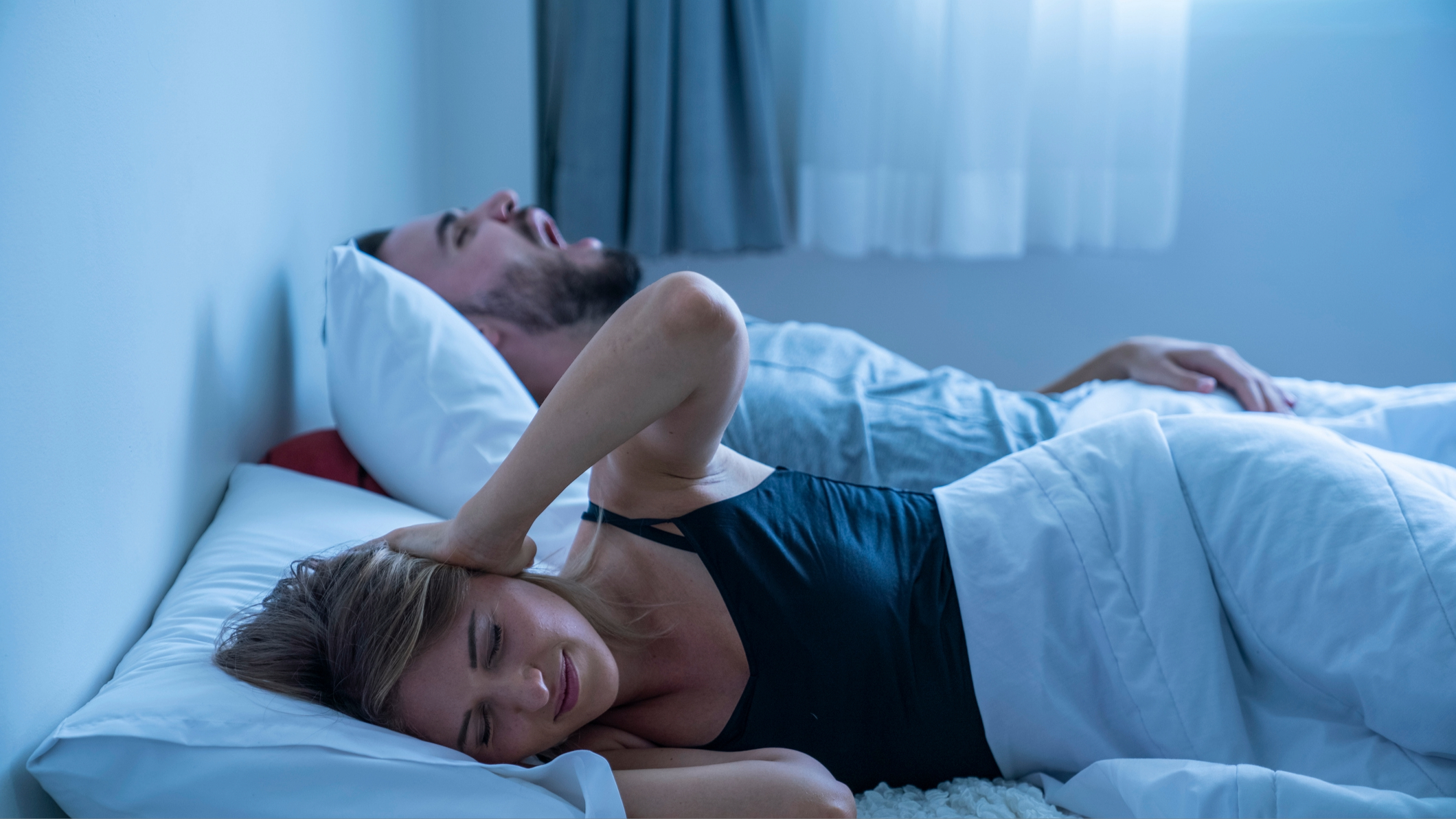
Risk factors of sleep apnea
While anyone can develop sleep apnea at any time in their life, including children, there are some risk factors that make you more likely to experience sleep apnea. These include:
- Obesity
- Facial deformities
- Excessively large tonsils or adenoids
- Smoking
- Opioid use
- Drinking alcohol
- Advancing age
- Being female
If you’re worried about sleep apnea, there are ways you can reduce the likelihood of developing the disorder. You may be able to prevent obstructive sleep apnea by making healthy lifestyle changes, such a eating a heart-healthy diet, aiming for a healthy weight, quitting smoking, and limiting alcohol intake.







